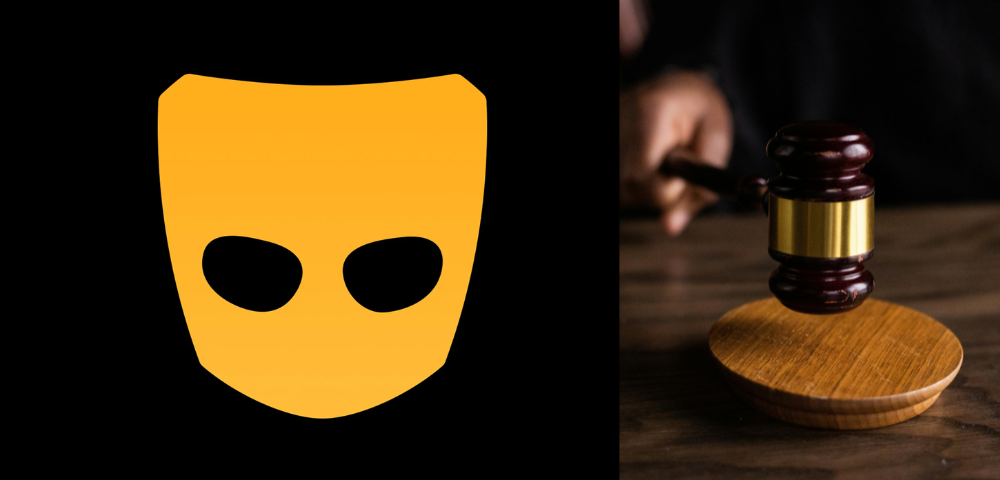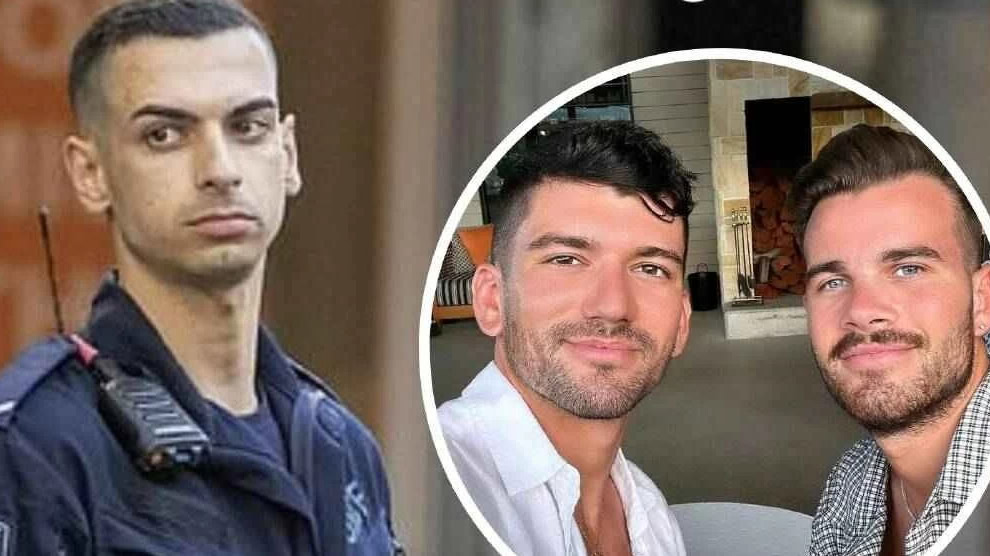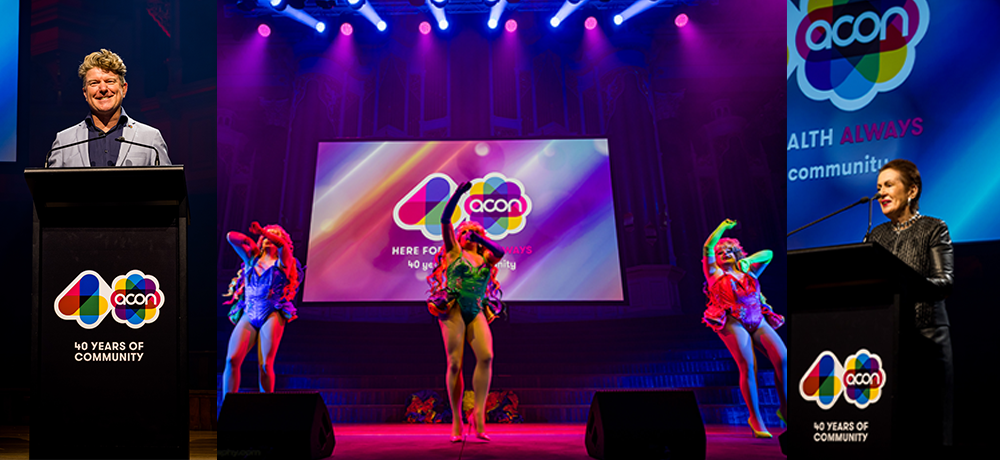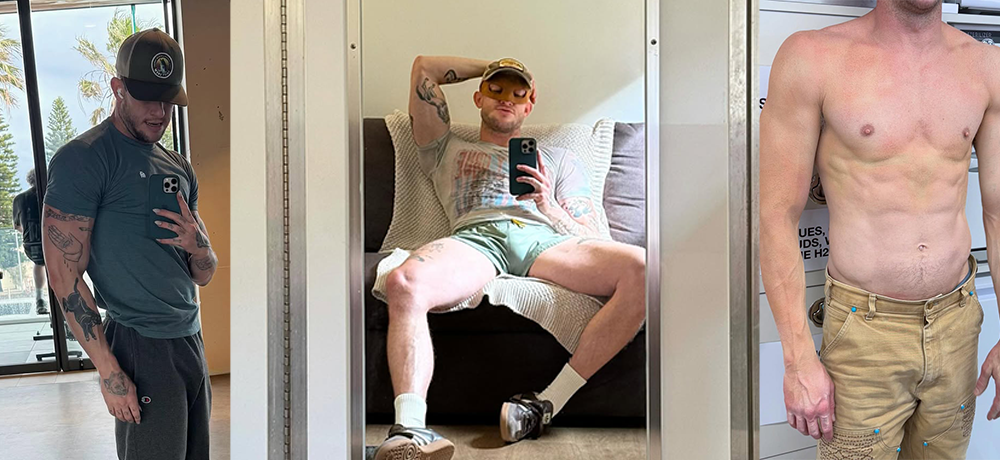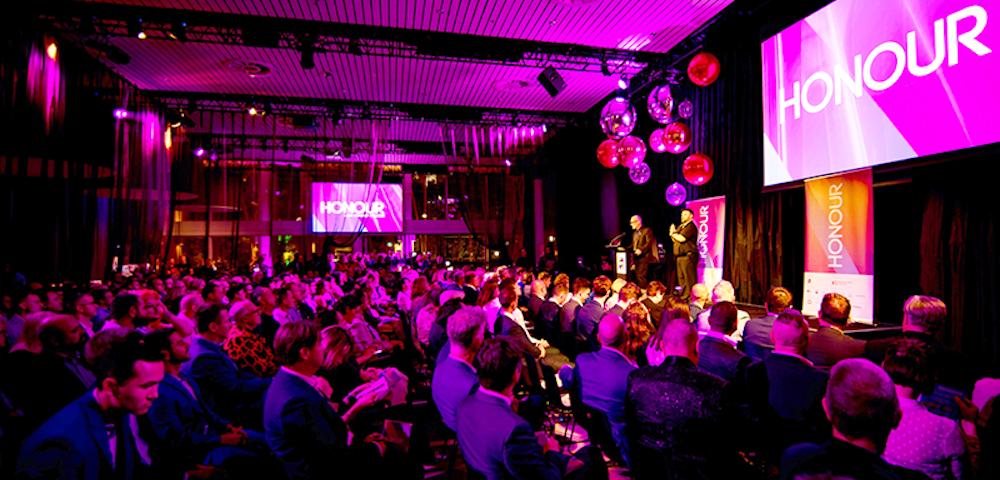
Pride Week honours 73ers (26/6/03)
A focal point of next week’s Pride Week celebrations will be the stories of the 73ers -“ those hardy queer souls who risked public disdain by becoming involved in the first Gay Pride Week in Sydney in 1973.
Diane Minnis, who now sits on the boards of New Mardi Gras and Rainbow Labor, was a 21-year-old student at Monash University when she marched -“ and subsequently got arrested -“ at the 1973 Gay Pride Week demonstration in Sydney.
The difference between 73 and 78 [the year of the first Mardi Gras parade] was that it was much smaller, she told Sydney Star Observer this week. The several hundred protesters involved in the 1973 Pride Week demonstration wound their way from Sydney Town Hall, down George Street and up Martin Place, where Minnis found herself on the receiving end of some argy-bargy courtesy of the New South Wales police.
They were incredibly rough. I was shocked, she said. Minnis spent a few hours in the lock-up but later got off the charges because a newspaper photo showed her being grabbed by uniformed police -“ which was enough to instil doubt in the magistrate’s mind about the circumstances of the arrest, Minnis said.
Others remember 1973 as an exciting time for different reasons. Ron Austin, who turned 44 in that year, said that before the formation of groups such as CAMP [Campaign Against Moral Persecution] in 1971 and events like the first Gay Pride Week, there was no contact with a gay consciousness.
In those days we were learning what it meant to be gay, he said. There was no gay movement before then, no resources. Fairfax had a directive that they would not write anything about homosexuality unless it was negative.
Austin was living in a commune with four (and sometimes five) other gay men in a house on Cleveland Street, Surry Hills, in 1973.
It was difficult, I don’t mind telling you. The commune went on for quite a few years, but I only stayed one year. I like my own space, he explained.
Austin remembers demonstrations, rap sessions and kiss-ins as part of the gay activist experience in the early 1970s. It was an exciting time, he said.
Inevitably, the community history revealed by the stories of the 73ers links up with personal anecdote and memory.
The year 1973 was a significant one for John Witte -“ maybe not so much because of the advent of Gay Pride Week, but because it was the year in which he first came out, as a 21-year-old student of fine arts at Sydney University.
Gay Liberation was a very political movement, but it was not necessarily strong on social support, he said. It didn’t quite gel for me.
Witte said he found a more socially supportive gay environment and a greater depth of homosexual culture on a trip to London in the mid-70s. He refers to the early 70s as the time of the first flowering of gay activism in Australia and the mid-to-late 70s, around the time of the national homosexual conferences, as the second flowering. It was by that stage, he said, a much more well rounded movement.
 The stories of the 73ers will be shared at a speak-out presented as part of Pride Week on Saturday 28 June from 2pm to 5pm at the Pride Centre. A first-hand account of the 1973 Gay Pride Week can also be found at: www.takver. com/history/sydney/gay_pride1973.htm.
Â
Â





